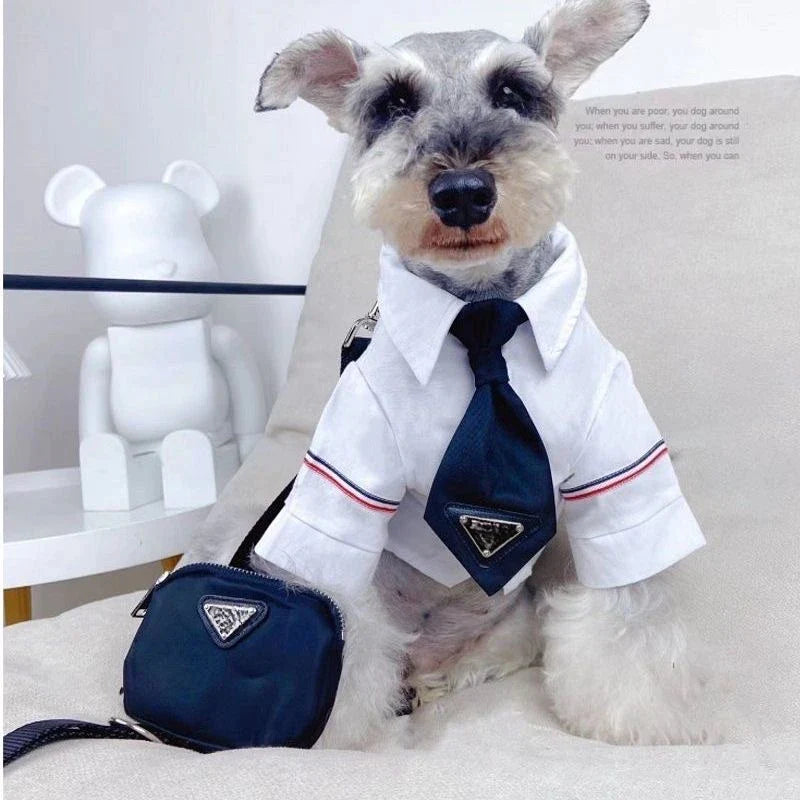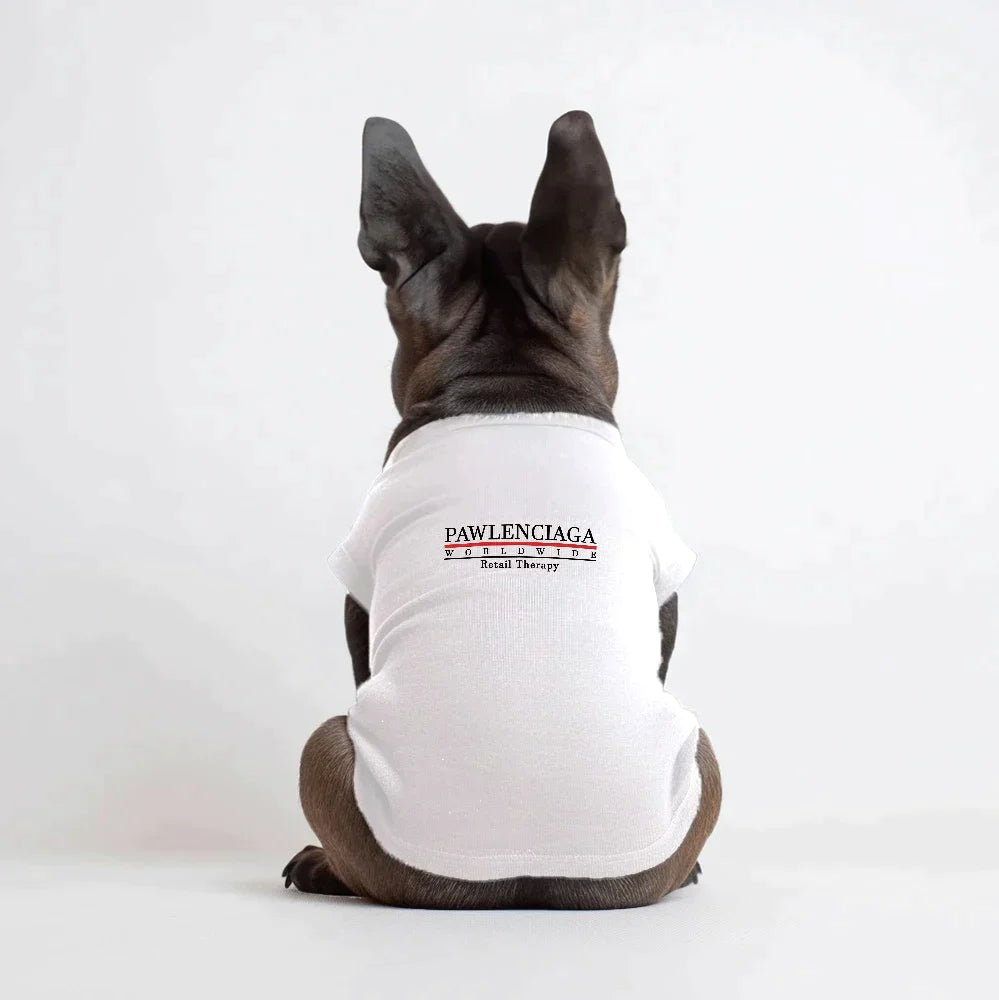Introduction
Having an overweight dog can be a cause for concern. Just like humans, excess weight can lead to health issues for our furry friends. If you're wondering how to help your dog shed some unwanted pounds, you're in the right place. In this article, we will explore some practical tips to assist you in getting your dog to lose fat.
1. Consult Your Veterinarian
Before embarking on any weight loss journey for your dog, it's important to consult your veterinarian. They will assess your dog's overall health and provide personalized advice based on their breed, age, and any underlying conditions. Your vet can also help determine an appropriate target weight for your dog.
2. Adjust Their Diet
Just like humans, a balanced diet is crucial for a dog's weight management. Your veterinarian may recommend a specific diet or suggest reducing the portion sizes of your dog's meals. Avoid feeding your dog table scraps or high-calorie treats, and opt for healthier alternatives. Additionally, ensure your dog has access to fresh water at all times.
3. Increase Exercise
Regular exercise is vital for weight loss. Increase the duration and intensity of your dog's daily walks or play sessions. Engage them in interactive games that encourage movement. However, be mindful of your dog's limitations, especially if they have joint issues or are older. Gradually increase exercise levels to avoid any injuries or exhaustion.
4. Monitor Food Intake
Keep track of the amount of food your dog consumes. Use measuring cups to ensure you are providing accurate portion sizes. Avoid free-feeding, where food is available all day, as it can lead to overeating. Instead, establish a feeding schedule and stick to it.
5. Consider Weight-Loss Dog Food
If your veterinarian recommends it, switch to a weight-loss dog food formula. These specialized foods are designed to provide proper nutrition while helping your dog shed excess fat. They are typically lower in calories and higher in fiber, helping your dog feel full without consuming too many calories.
6. Provide Mental Stimulation
Some dogs overeat out of boredom. Provide mental stimulation through puzzle toys or food-dispensing toys. This not only keeps them entertained but also slows down their eating pace, making them feel satisfied with less food.
7. Be Patient
Weight loss takes time, both for humans and dogs. Stay consistent with the diet and exercise routine, and be patient with the results. Celebrate small victories along the way, and remember that a healthy weight loss for dogs is gradual and sustainable.
8. Consider a Weight Loss Program
If you're finding it challenging to help your dog lose weight on your own, consider enrolling them in a weight loss program specifically designed for dogs. These programs often involve regular check-ins with professionals who can guide you through the process. They may provide customized meal plans, exercise routines, and additional support to ensure your dog's success.
9. Check for Underlying Health Issues
In some cases, weight gain in dogs can be attributed to underlying health conditions, such as hypothyroidism or Cushing's disease. If you've been following a proper diet and exercise regimen but your dog continues to gain weight, it's essential to rule out any medical causes. Consult your veterinarian to discuss the possibility of underlying health issues.
10. Avoid Crash Diets
While you may be eager to see quick results, it's important to avoid crash diets for your dog. Rapid weight loss can be harmful and may lead to nutritional deficiencies or other health problems. Work with your veterinarian to create a safe and sustainable weight loss plan for your dog.
Conclusion
Helping your dog lose fat requires a combination of a balanced diet, regular exercise, and consistency. Consult your veterinarian, make necessary adjustments to their diet, and increase their physical activity. With time, dedication, and love, you can help your furry friend achieve a healthier weight and improve their overall well-being.













